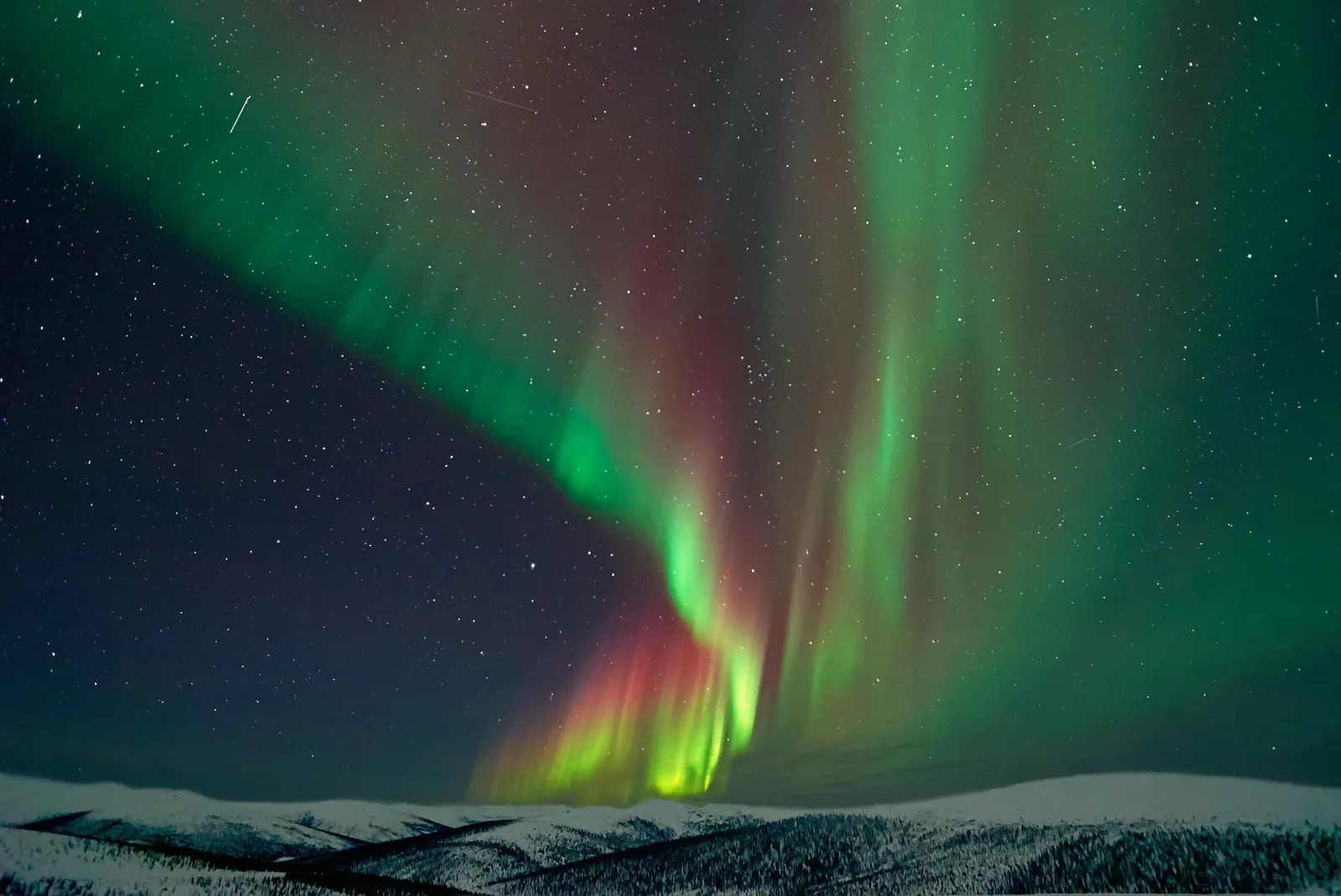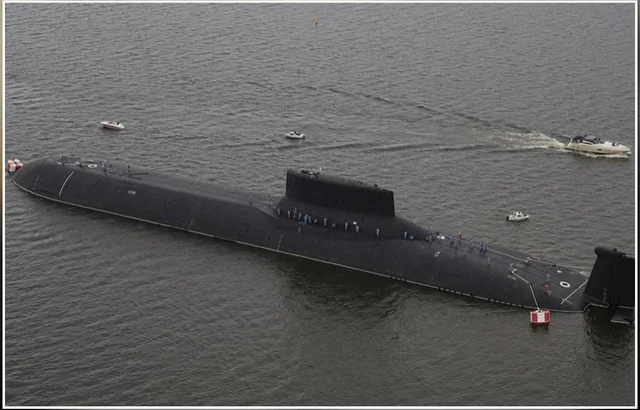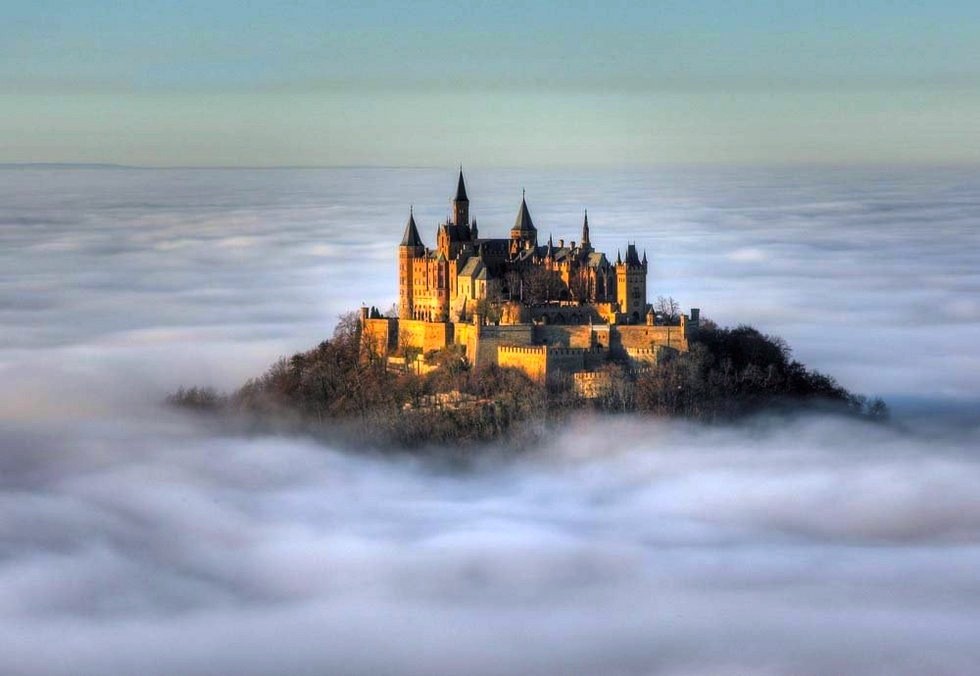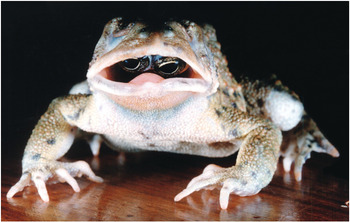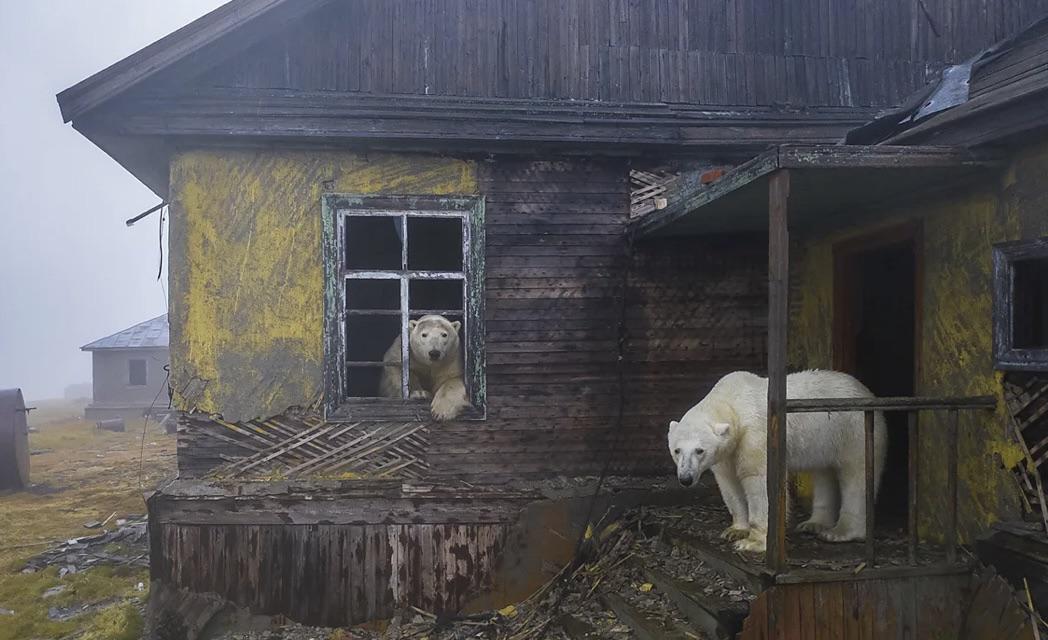The night skies above Alaska recently became a canvas for one of nature’s most spectacular light shows as an unusually powerful aurora borealis event captivated observers across the state. The phenomenon, which painted the darkness with undulating curtains of green, purple, and red light, ranks among the most impressive auroral displays witnessed in recent years, drawing professional photographers, scientists, and awestruck residents alike into the frigid night to witness the celestial spectacle.
Stretching from horizon to horizon, the recent aurora transformed the Alaskan night into a surreal dreamscape. Witnesses described massive, pulsating waves of emerald green light accented with rare pink and crimson hues that danced across the sky with unusual intensity and speed. The display was visible even from areas typically considered too far south for optimal aurora viewing, including Anchorage and the Kenai Peninsula.
“I’ve been photographing the northern lights for over fifteen years, and this display was truly exceptional,” noted Emma Johannson, a professional aurora photographer based in Fairbanks. “The speed of movement, the vibrant colors, and the sheer scale made this event stand out. We had 180-degree coverage at times, with the lights directly overhead creating the effect of standing inside a glowing dome.”
What made this particular aurora especially remarkable was both its brightness and duration, with the light show continuing unabated for nearly eight hours. This extended timeline allowed thousands of residents and visitors to witness the phenomenon, with many Alaskan communities reporting unusual late-night activity as word of the display spread through social media and local news alerts.
The spectacular light show originated approximately 93 million miles away on the surface of our sun. Scientists at the Space Weather Prediction Center identified the aurora’s cause as a coronal mass ejection (CME)—a massive burst of solar wind and magnetic fields released from the sun’s corona days earlier.
When this cloud of charged particles reached Earth, it interacted with our planet’s magnetosphere, the protective magnetic field that surrounds our world. These energized particles were channeled toward the polar regions where they collided with gases in the upper atmosphere. These collisions, occurring between 60 and 250 miles above Earth’s surface, released energy in the form of the colorful light observed from the ground.
“What made this event particularly intense was the combination of a direct hit from the CME and the timing coinciding with an already active period in the sun’s 11-year solar cycle,” explained Dr. Marcus Chen, a solar physicist at the University of Alaska Fairbanks’ Geophysical Institute. “We’re approaching solar maximum, which typically results in more frequent and intense auroral displays, but this event exceeded our predictions.”

For Alaska’s winter tourism industry, the spectacular aurora provided an unexpected economic boost. Hotels in prime viewing locations reported sudden surges in occupancy as both locals and visitors from nearby areas sought optimal viewing positions.
Tour operators specializing in aurora experiences found themselves overwhelmed with last-minute booking requests. Yukon Northern Lights Tours in Fairbanks reported that their phone lines remained busy throughout the event, with disappointed callers learning that all excursions had been booked within hours of the first aurora reports.
“We deployed every available vehicle and guide,” said operation manager Tyler Simmons. “These exceptional events create a unique problem for us—we want to accommodate everyone, but the best displays sometimes come with very little warning.”
For Alaska Native communities, the extraordinary display carried additional cultural significance. In Inupiaq tradition, the northern lights represent the spirits of ancestors playing a cosmic ball game using a walrus skull as the ball. The unusually active and vibrant display prompted community gatherings in several villages, where elders shared traditional stories about the aurora’s significance.
“Our ancestors understood the connection between sky and earth,” explained Sarah Kakaruk, a cultural preservation specialist from Nome. “Nights like this one strengthen our connection to traditional knowledge and remind us to look upward and outward beyond our daily concerns.”
The photographic community perhaps benefited most from the display, with professionals and amateurs alike capturing thousands of stunning images that quickly spread across social media platforms worldwide. Photography workshops hastily organized impromptu field sessions, and camera stores in Anchorage reported selling out of wide-angle lenses and tripods.
The images captured show otherworldly scenes—mountain ranges silhouetted against green-tinted skies, forests bathed in ethereal light, and reflections creating double aurora displays in the still waters of lakes not yet frozen in the Alaskan autumn.
For those who witnessed it firsthand, the massive aurora provided a powerful reminder of nature’s capacity for beauty and wonder—an astronomical spectacle that, although scientifically explainable, retained its ability to inspire awe and connect observers to something greater than themselves.
